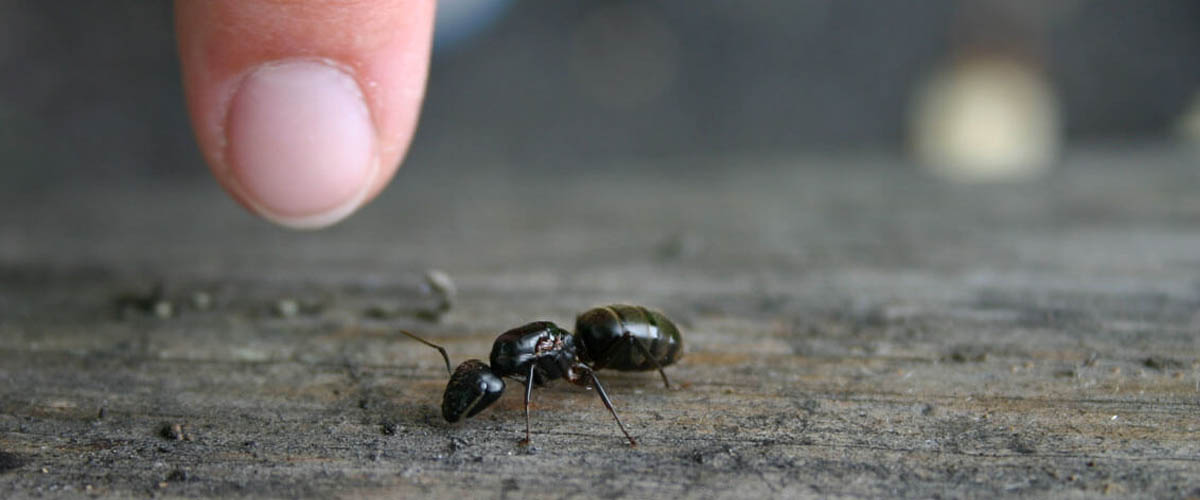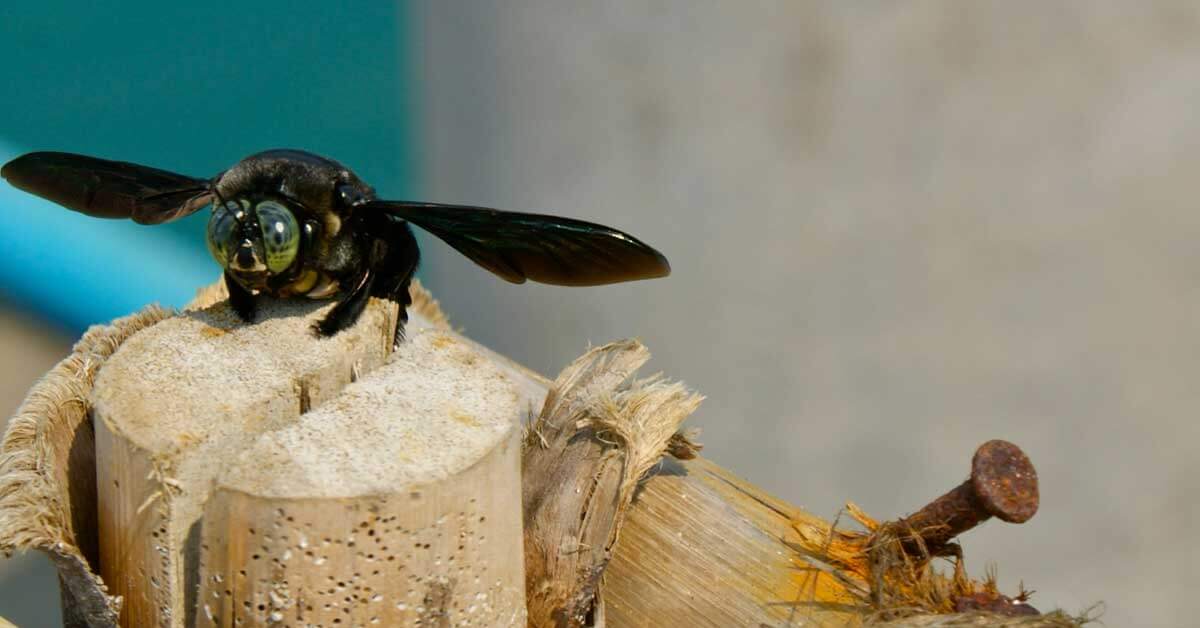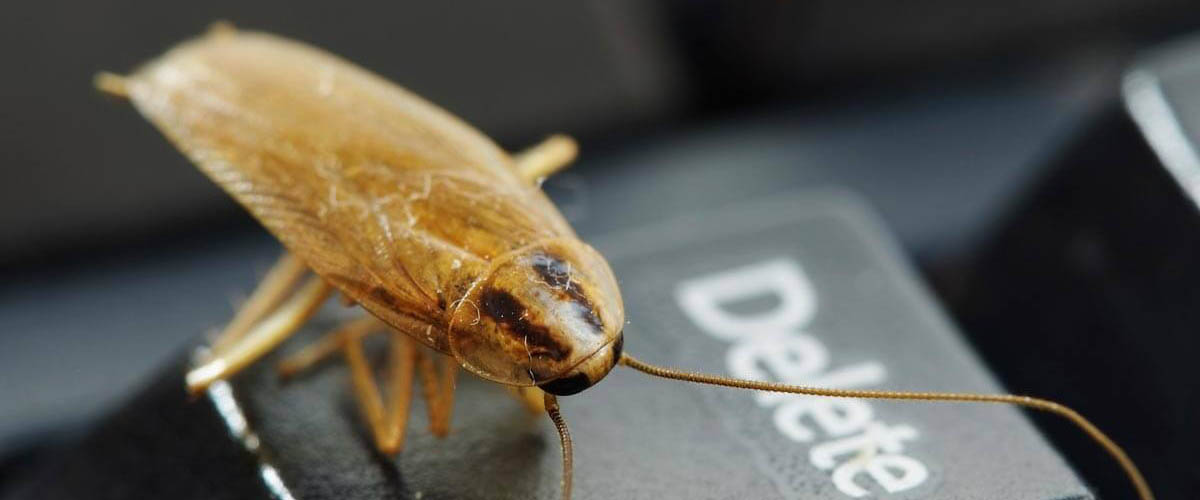Identifying and Treating Carpenter Ants
The sight of large, dark ants inside your home can be unsettling, especially when those ants have wings. Many homeowners are relieved to discover these intruders probably aren't termites, which rarely venture into the open. But carpenter ants, the likely culprits, can still create havoc if ignored. One of the nation's most significant wood-damaging insect pests, along with carpenter bees and termites, carpenter ants can cause significant structural damage to your home.
IDENTIFYING CARPENTER ANTS
Carpenter ants vary in color and size, depending on the species, but they're typically dark and much larger than other common household ants. Typically black or dark brown, winged "reproductive" carpenter ants can measure up 3/8-inch in length.1 Wingless worker ants are commonly seen, as are winged reproductives, during mating swarms in spring. If a few winged ants are found indoors, they probably nest outside. However, indoor swarms signal long-standing infestations numbering in the thousands, usually with structural damage to match.1,2
Homeowners often mistake winged carpenter ants for winged termites, but these two destructive pests are simple to tell apart:
- Carpenter ants have bent or jointed antennae; termite antennae are straight.
- Carpenter ant bodies generally are dark brown or black, while termite bodies are brown or light brown in color.
- Carpenter ants have two sets of wings, but their front wings are longer than their hind wings. Termites also have two wing sets, but their sets are equal lengths.
- Carpenter ants have defined, wasp-like waists; termites have undefined wastes and cigar-shaped bodies.
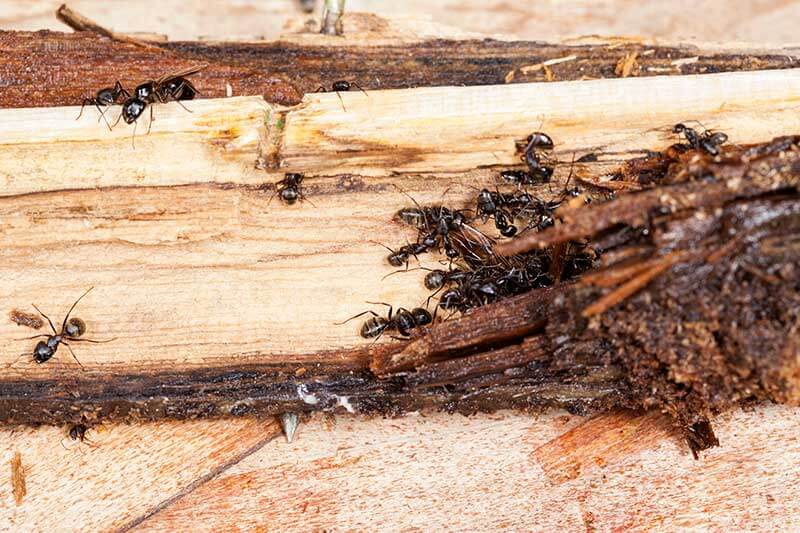
Carpenter ants may nest inside and outside your home.
RECOGNIZING CARPENTER ANT DAMAGE
Carpenter ants can take many years to cause significant structural damage. Though termites work more quickly, carpenter ant damage can be just as severe.2 Unlike termites, which damage wood by eating it, carpenter ants don't eat wood. In natural outdoor environments, they feed on insects and honeydew, the sweet substance excreted by plant-damaging aphids and scale insects. Inside homes, carpenter ants forage for meats, proteins and sweets.1 Though these pests don't eat wood, they harm wooden structures in other ways.
Indoors and out, carpenter ants seek moist, decaying wood for nesting spots. Once locations are chosen, the ants excavate large, elongated tunnels known as galleries. Wooden floors and joists under leaky pipes or water-damaged bathroom walls are common targets. Unlike rough, excrement-lined termite galleries, carpenter ant galleries are free of debris and smooth, almost as though the wood were sanded. Piles of excavated sawdust nearby confirm your home's structure may be compromised.
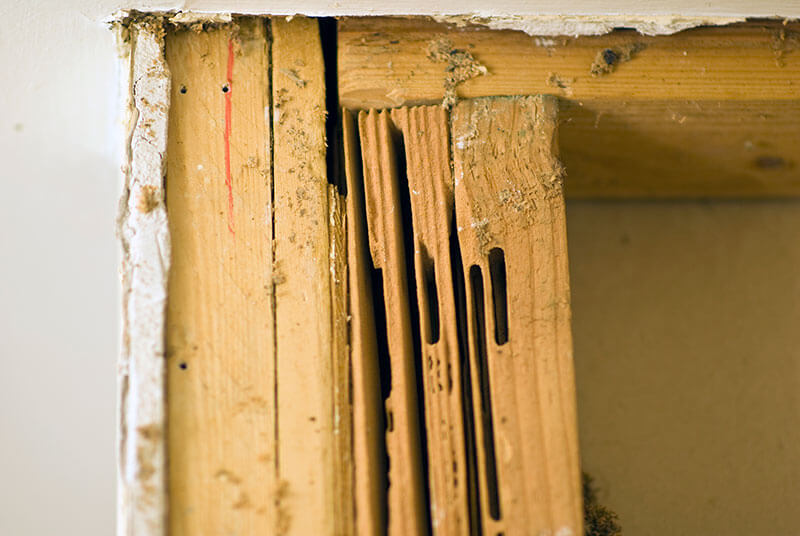
Carpenter ants hollow out wood to make smooth-walled nesting cavities.
TREATING CARPENTER ANT INFESTATIONS
Effective treatment of carpenter ant infestations requires reaching ants you see and those you don't. Carpenter ants often set up satellite nests; when one nest is found, others may exist.2 Perimeter treatments around your home and localized indoor treatments with Amdro Quick Kill Carpenter Bee, Ant & Termite Killer Ready To Use quickly and effectively kills carpenter ants. These products provide ongoing protection for up to three months outdoors and up to 12 months indoors.
A powerful, effective bait product such as Amdro Ant Killer for Outdoor Home Perimeter granules complements these treatments by targeting carpenter ants in areas they frequent as they move between outdoor and indoor nests. If a severe infestation strikes your home and you suspect serious carpenter ant damage, seek out a qualified pest professional for structural evaluation and treatment.
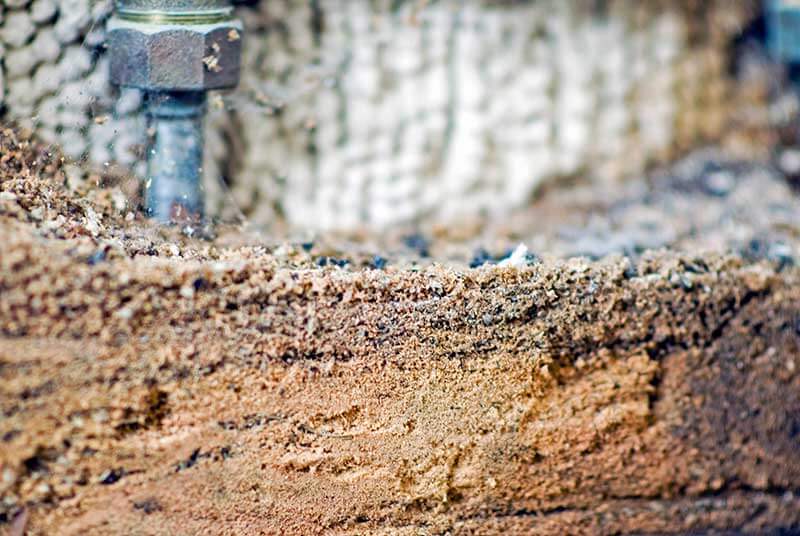
Carpenter ants can leave tell-tale sawdust in their wake.
PREVENTING FUTURE CARPENTER ANT PROBLEMS
Carpenter ants rarely affect solid, sound wood. Limit problems by ridding your home of conditions that invite these destructive pests inside. Completing this simple checklist helps prevent carpenter ant invasions:
- Replace all moisture-damaged wood, indoors and out.
- Correct moisture problems such as leaking pipes, poor gutters and misdirected downspouts.
- Repair exterior cracks or crevices where carpenter ants may enter buildings.
- Respond quickly to indoor sightings. Regular sightings of 20 or more carpenter ants may signify serious problems.2
- Prune overhanging branches and foundation plantings so they don't touch your home. They can act as carpenter ant bridges.
- Keep a 100-foot perimeter around your home free from discarded lumber or decaying stumps. Carpenter ants regularly travel that far between nests.1
- Store firewood far from wooden structures. When toting inside, check wood carefully to avoid surprise indoor pests.
Carpenter ants can threaten your home's value and steal your family's peace of mind when they take up residence inside your home. With the help of premium, highly effective products from the Amdro line of pest controls, you can protect your home and family, and put an end to carpenter ant damage and disruptions.
Amdro and Amdro Quick Kill are registered trademarks of Central Garden & Pet Company.
Sources:
1. Jacobs, S., “Carpenter Ants," PennState College of Agricultural Sciences, January 2014.
2. Hahn, Jeffrey and Kells, Stephen, “Carpenter Ants," University of Minnesota.

